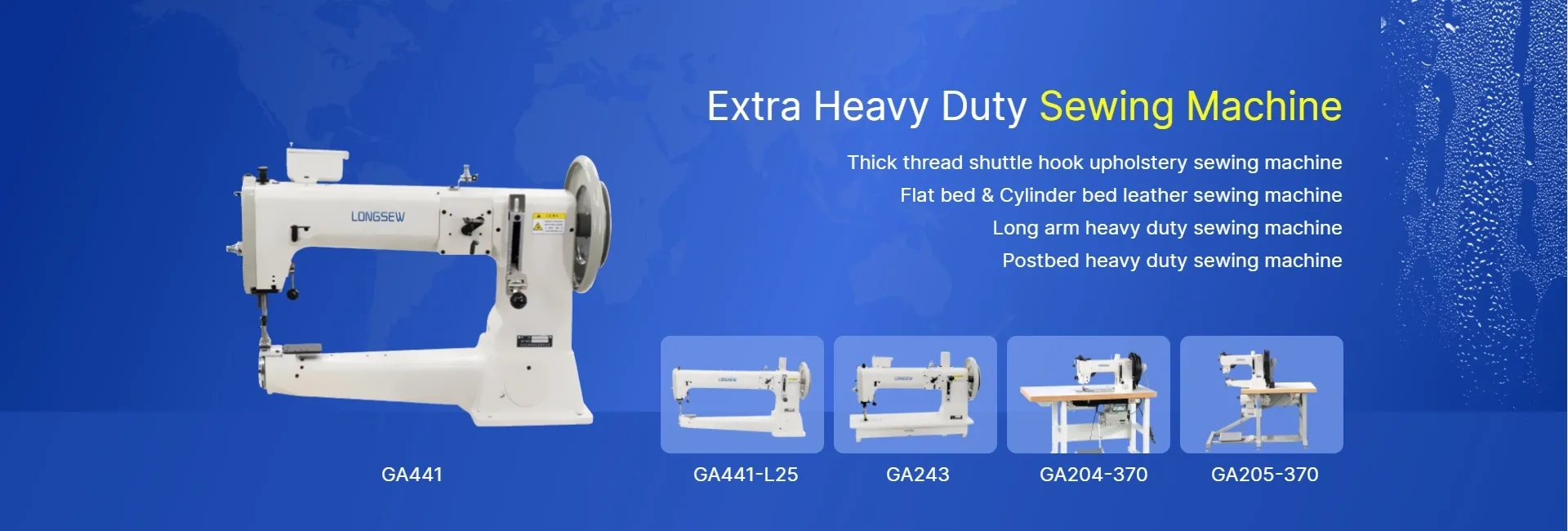Tips for Choosing the Best Serger Sewing Machine for Your Needs and Budget
What is a Good Serger to Buy?
When it comes to sewing, a serger is an essential tool for both hobbyists and professionals alike. Unlike a conventional sewing machine, a serger is designed to sew seams, trim fabric edges, and prevent fraying, all in one go. This makes it invaluable for creating polished, professional-looking finishes on garments and other fabric projects. However, with a wide array of options available in the market, how do you determine which serger is the best fit for your needs? Here’s a guide to help you make an informed decision.
Understanding Your Needs
Before diving into the various models, it’s crucial to assess your personal sewing needs. Are you a beginner looking to dabble in basic sewing, or are you a seasoned sewist planning on tackling intricate projects? The frequency with which you sew and the types of fabrics you work with will significantly influence your choice.
For beginners, a user-friendly model with essential features is recommended. On the other hand, advanced sewists might look for more advanced functionalities, such as multiple stitch options and greater speed.
Key Features to Consider
1. Threading System One of the most challenging aspects of using a serger is threading it. Many modern sergers come with color-coded threading paths and automatic needle threaders, which can save a lot of time and frustration. A good serger should make the threading process straightforward.
2. Stitch Options Different projects may require different types of stitches. Look for a serger that offers a variety of stitch options, including 4-thread overlock, 3-thread overlock, rolled hems, and cover stitches. The more versatile the machine, the more creative you can get with your sewing.
3. Cutting Width Adjustment An adjustable cutting width allows you to work with various fabric types and layers, giving you flexibility in your sewing projects. This feature is particularly important if you often sew both lightweight and heavier fabrics.
what is a good serger to buy

4. Differential Feed This feature allows you to adjust the feed dogs to ensure even sewing, especially on stretchy or slippery fabrics. It helps prevent puckering and stretching, resulting in smoother seams.
5. Build Quality and Durability Investing in a sturdy, well-built serger pays off in the long run. Look for brands known for their reliability and customer service. Reading user reviews can provide insight into the durability of specific models.
6. Included Accessories Check if the serger comes with essential accessories, such as a seam guide, various presser feet, and a pair of tweezers for threading. Additional accessories can enhance your sewing experience and give you more options right away.
Budget Considerations
Sergers can range widely in price, from affordable entry-level models to high-end machines packed with features. Set a budget before you start shopping, but remember that sometimes it pays to invest a little more for better quality and features that will serve you for years to come.
Recommendations
Some popular brands known for their quality sergers include Brother, Janome, and Bernina. For beginners, the Brother 1034DX is often recommended for its ease of use and affordability. If you are looking for a more advanced machine, consider the Janome 8002D or Bernina L460 for their superior performance and additional features.
Conclusion
Choosing the right serger can enhance your sewing experience, making it more efficient and enjoyable. By understanding your needs, considering key features, and staying within your budget, you can find a machine that will help you create beautiful, professional-quality projects. Take your time, conduct research, and soon you’ll be well on your way to mastering the art of serging.
-
Leather Sewing Machine: The Industrial Standard for Tough MaterialsNewsJul.18,2025
-
Sail Making Machine: Heavy-Duty Stitching for Industrial and Marine NeedsNewsJul.18,2025
-
Sling Sewing Machine: The Backbone of Heavy-Duty FabricationNewsJul.18,2025
-
Leather Sewing Machine: Precision for Heavy-Duty StitchingNewsJul.18,2025
-
Big Bag Sewing Machine: Powering the Future of Bulk PackagingNewsJul.18,2025
-
FIBC Sewing Machine: Essential Equipment for Bulk Bag ProductionNewsJul.18,2025
-
Heavy Duty Leather Sewing Machine: A Must-Have for Professional LeatherworkNewsMay.28,2025





























